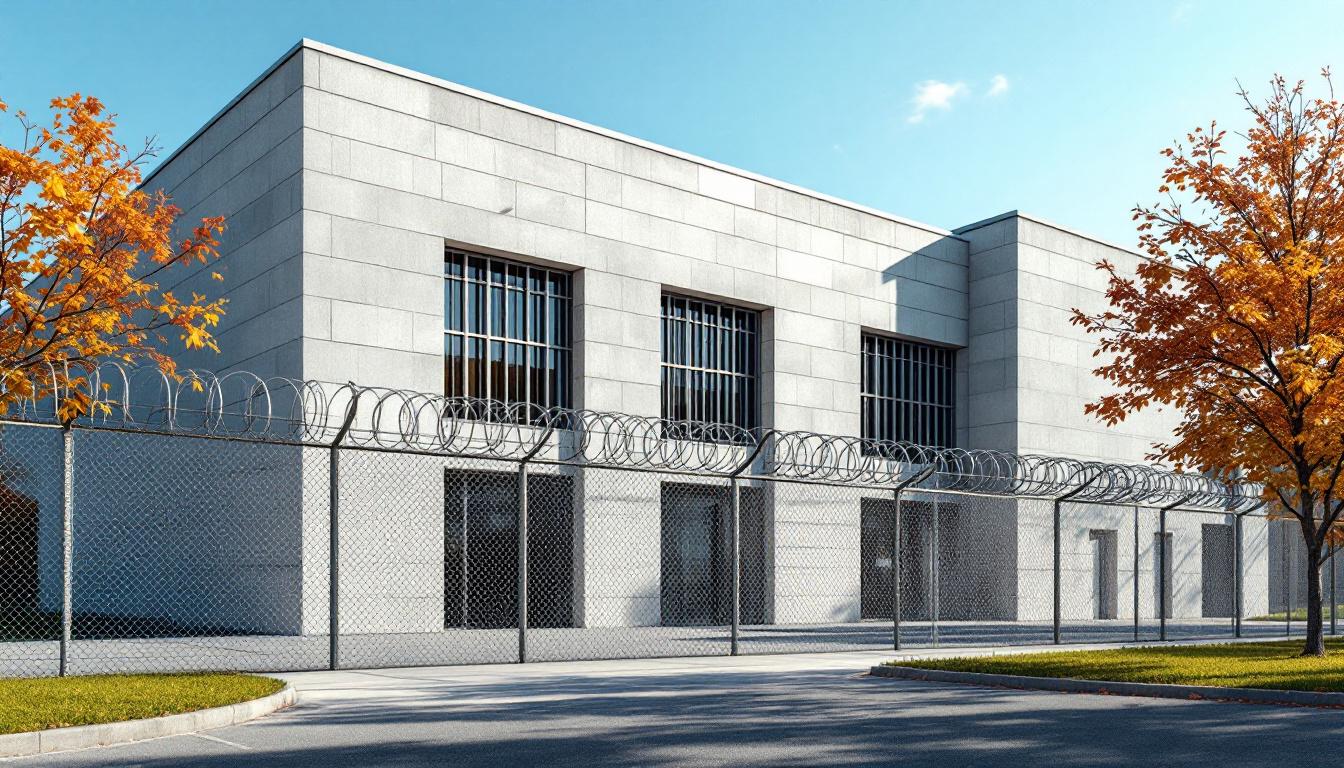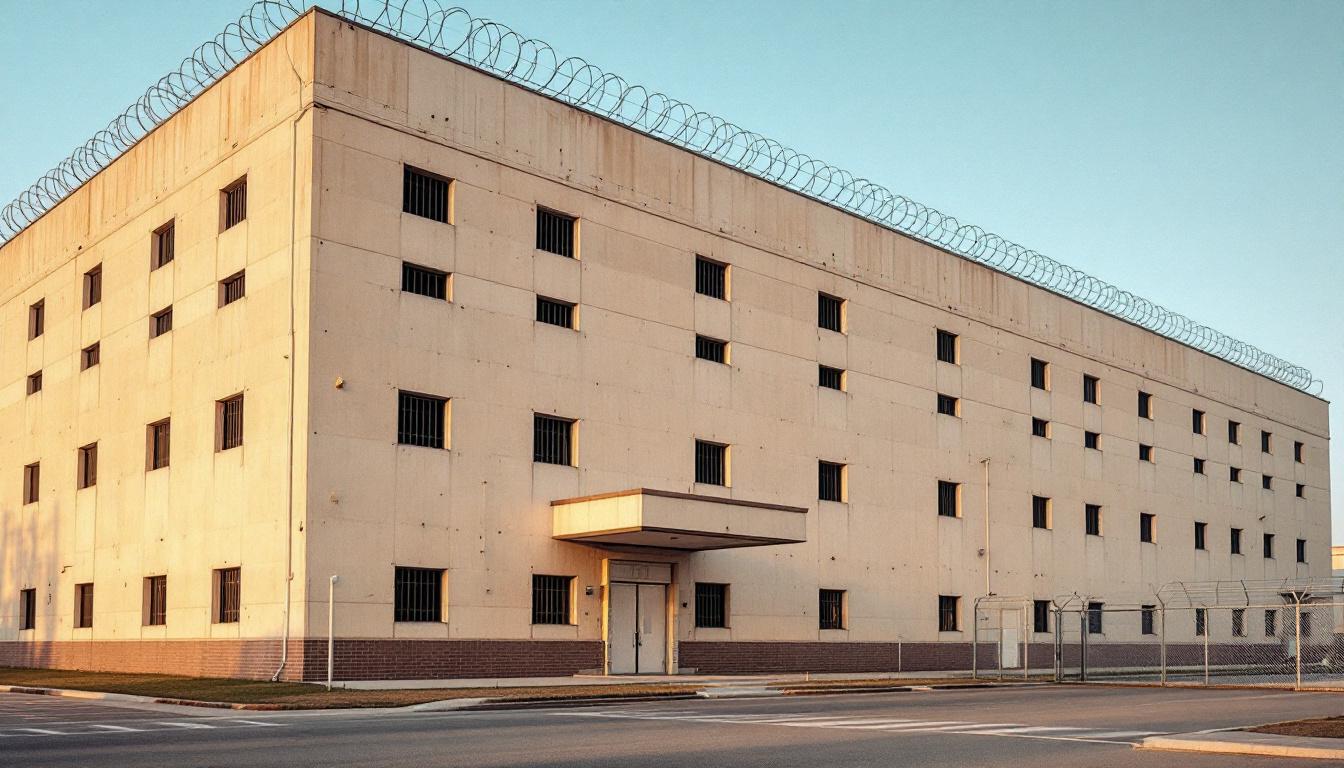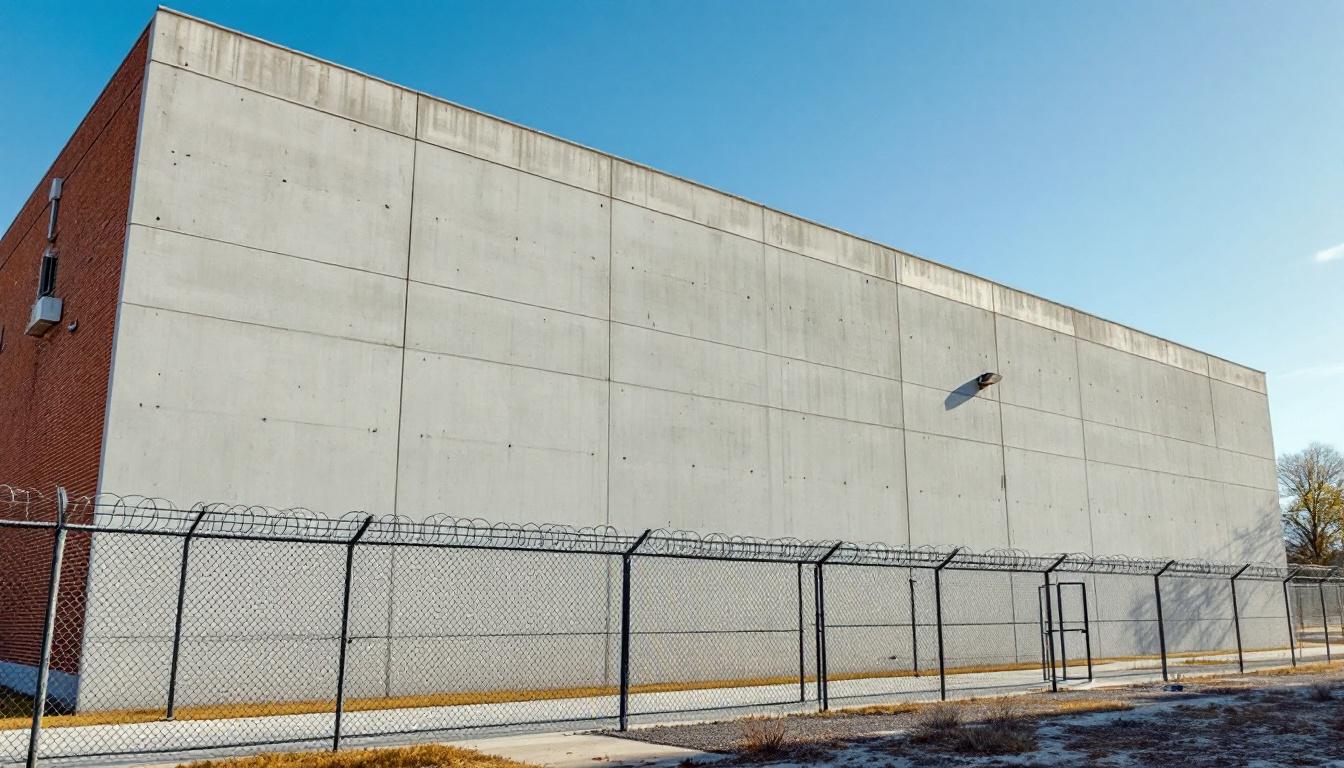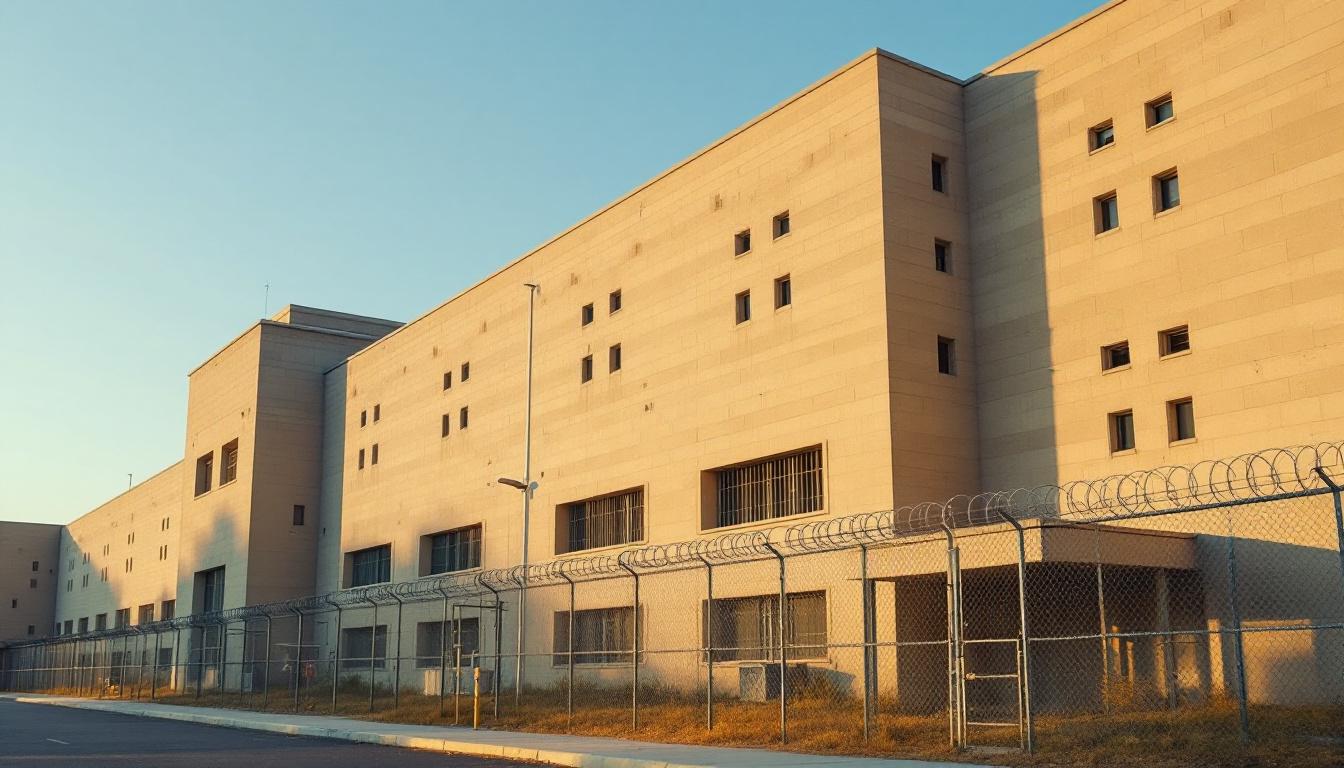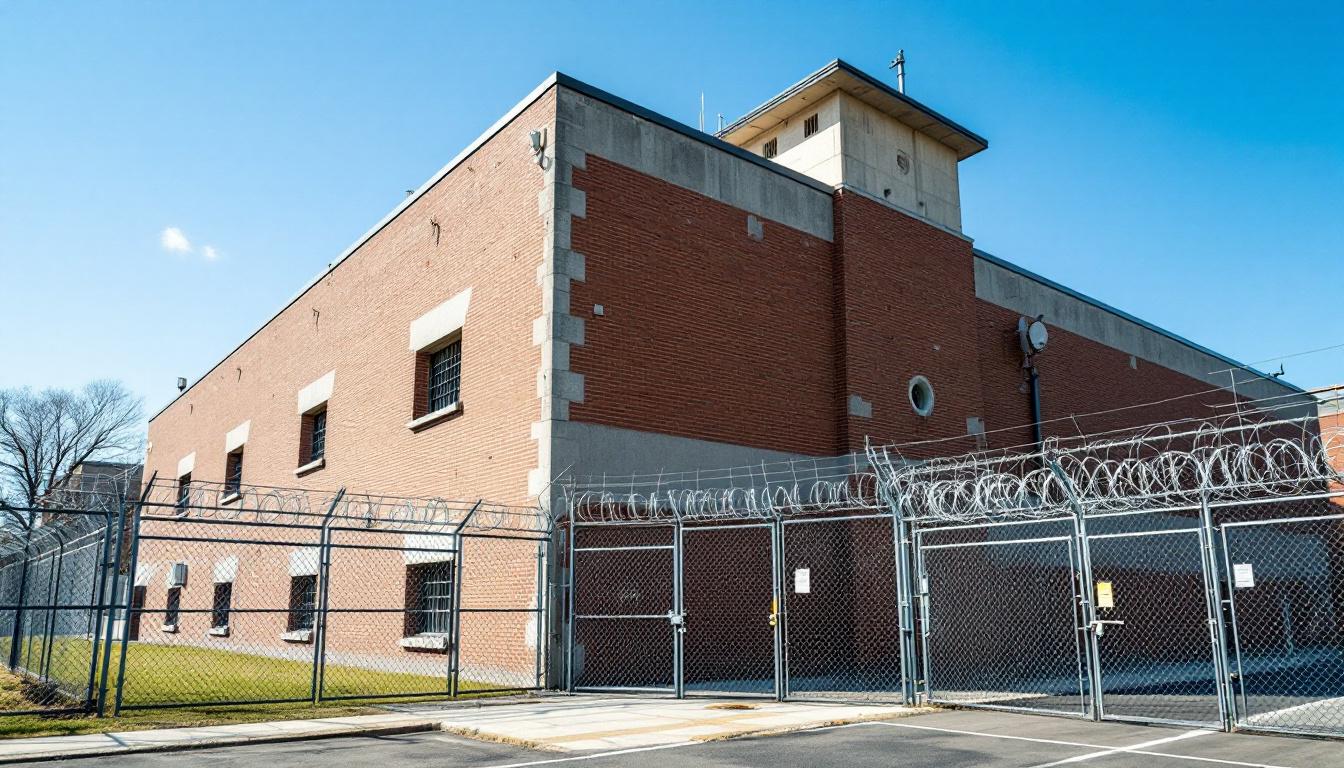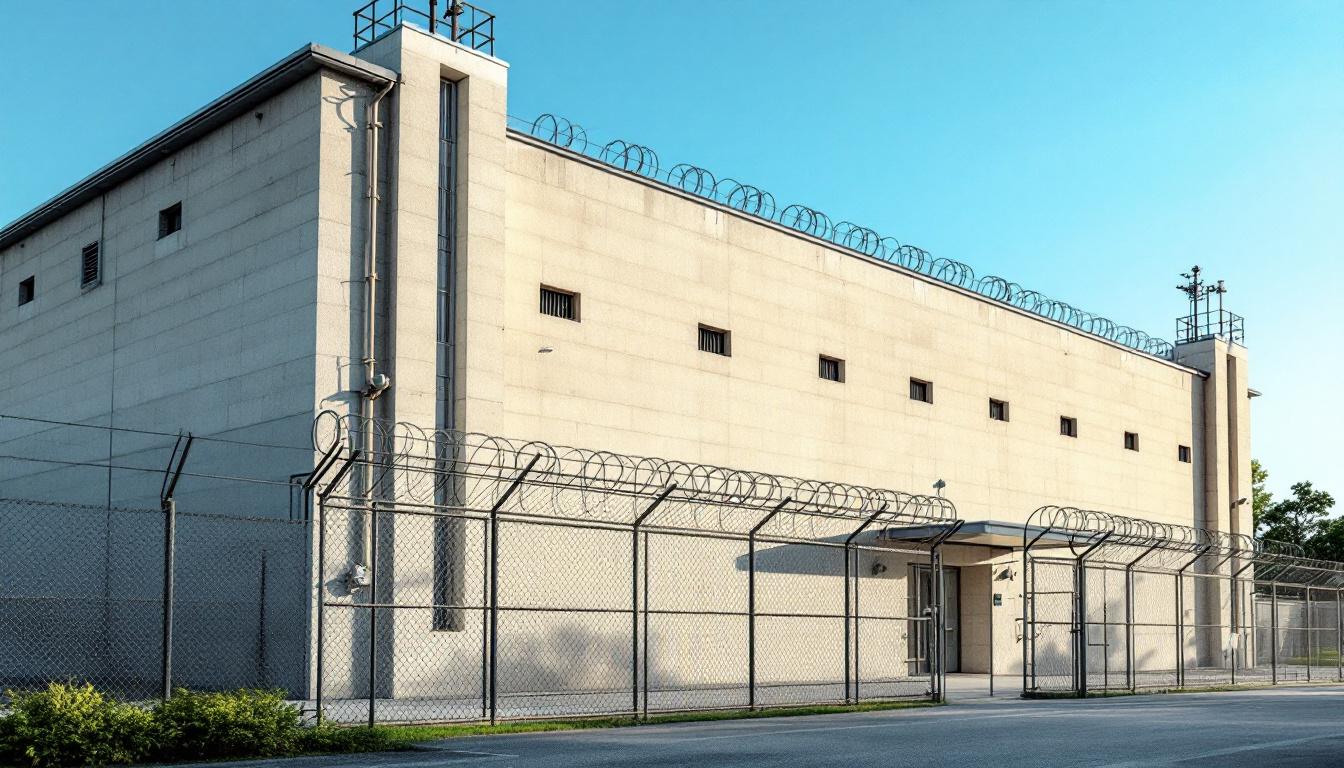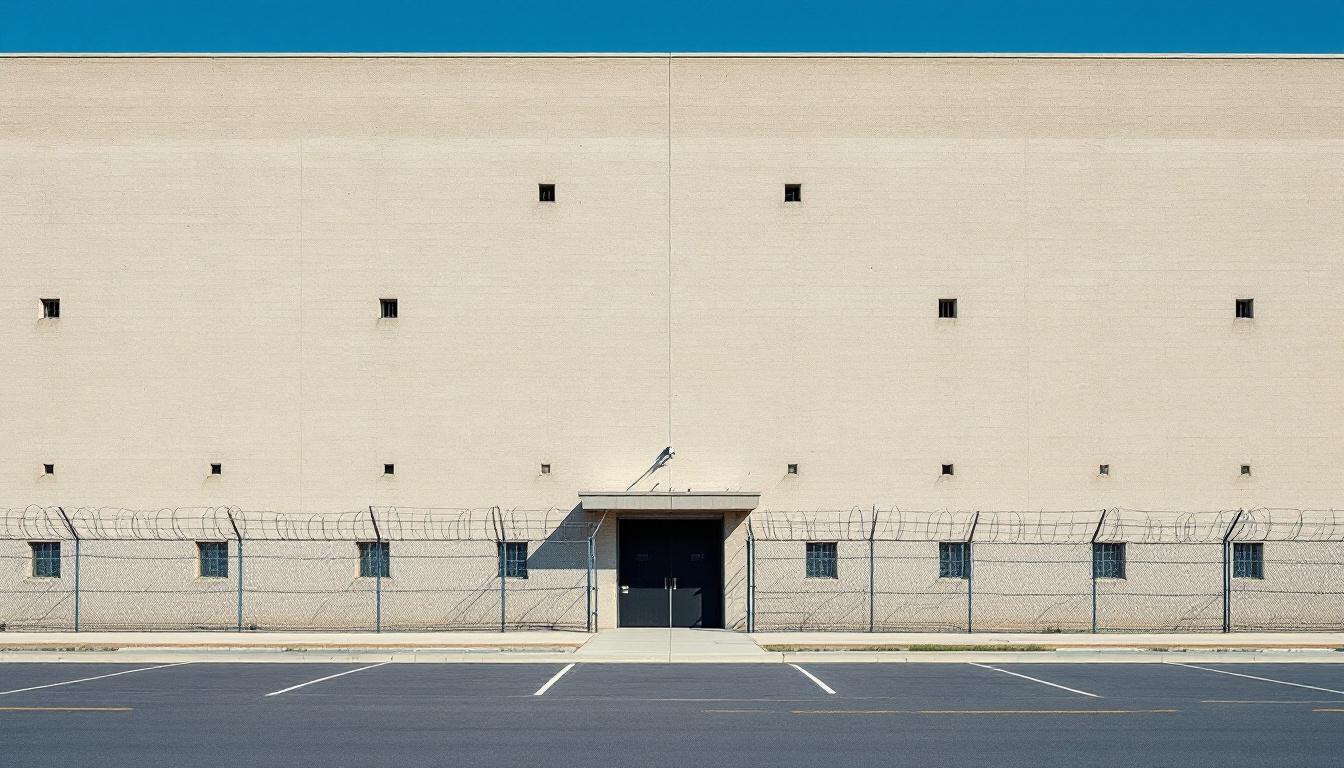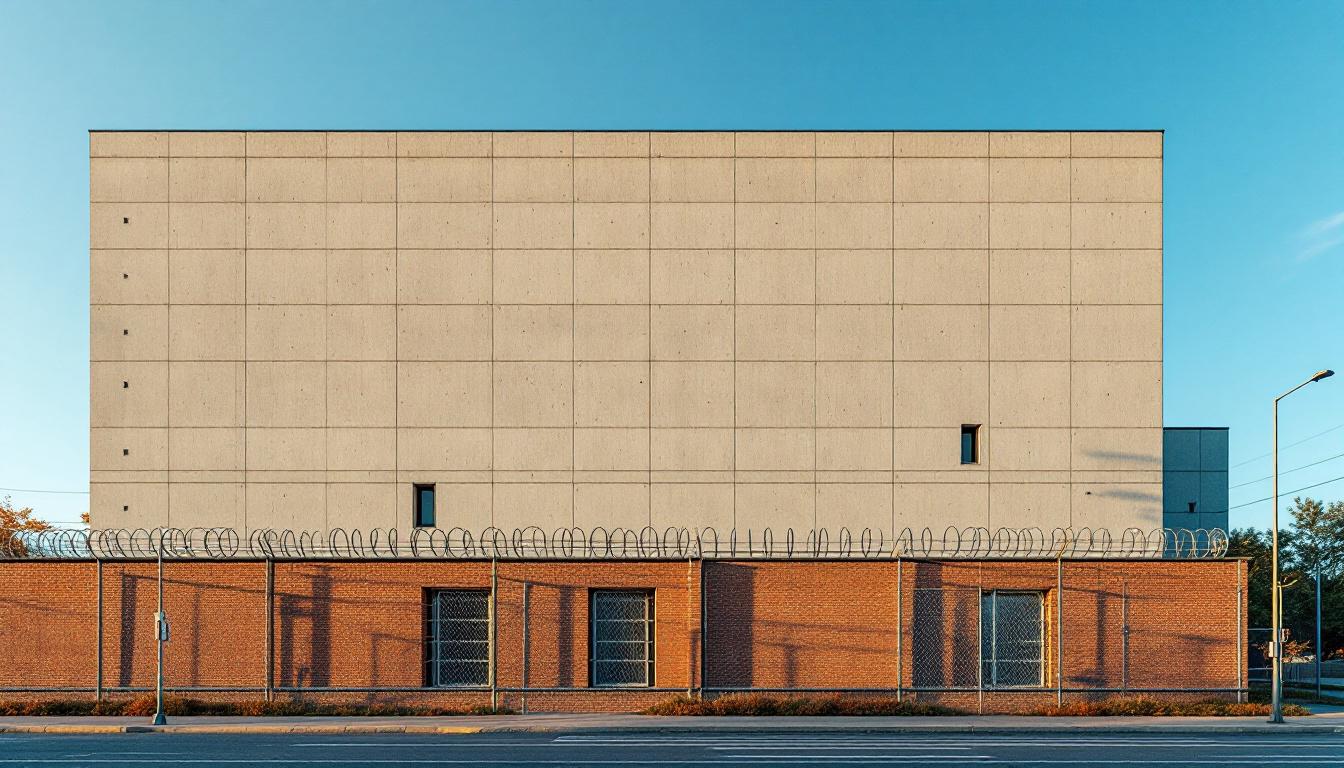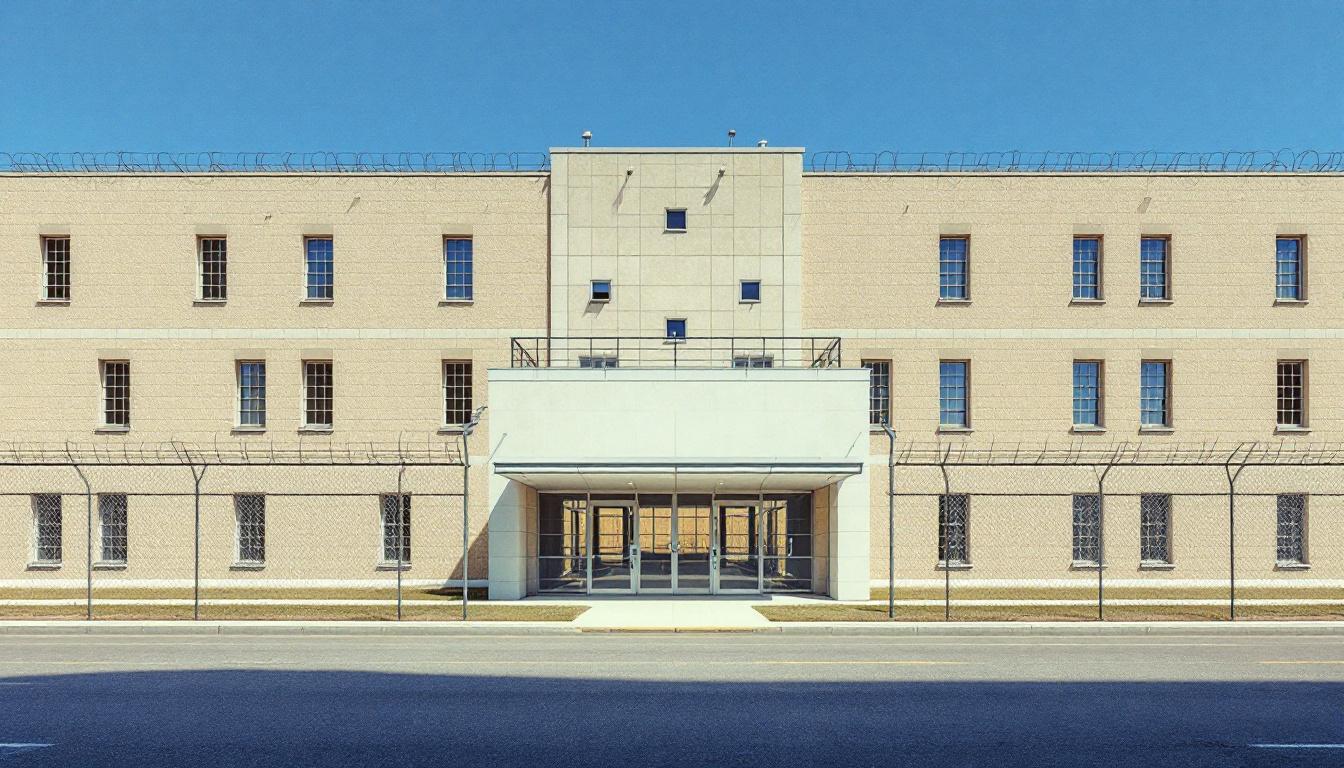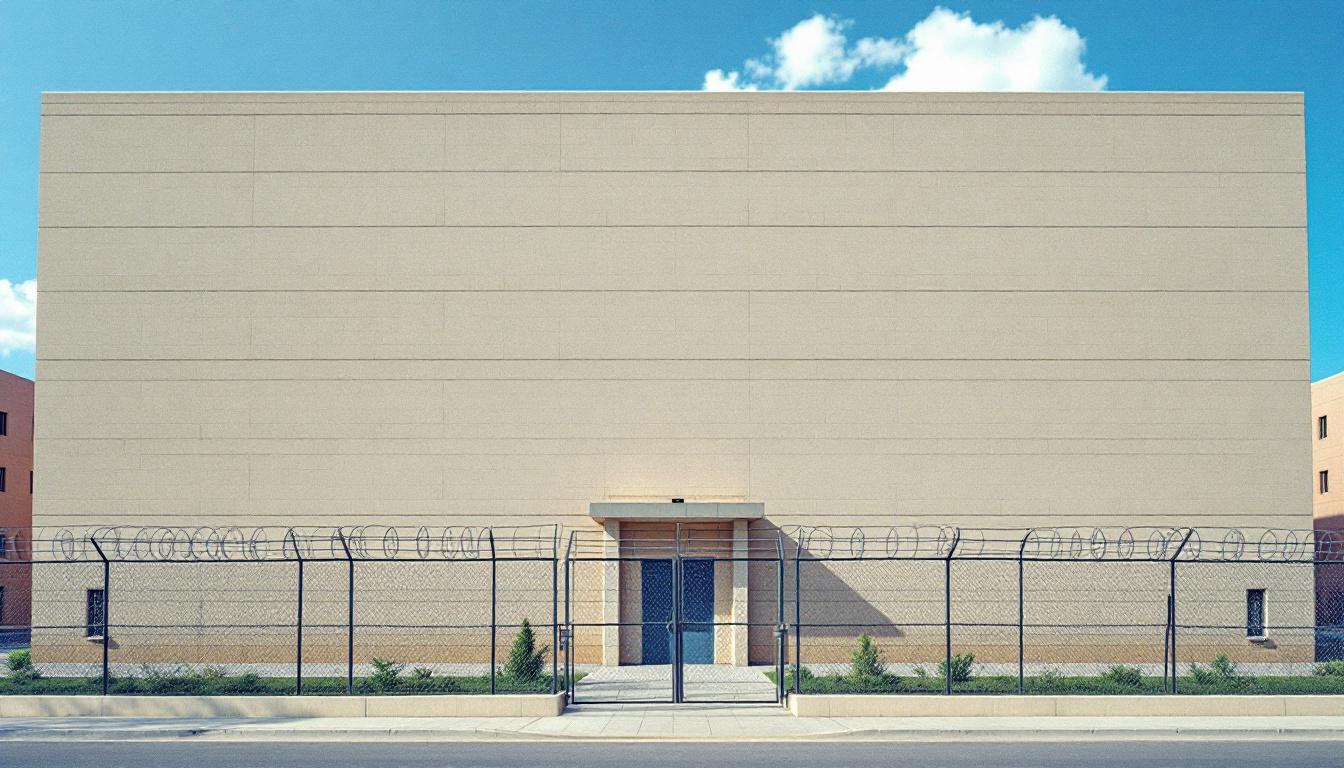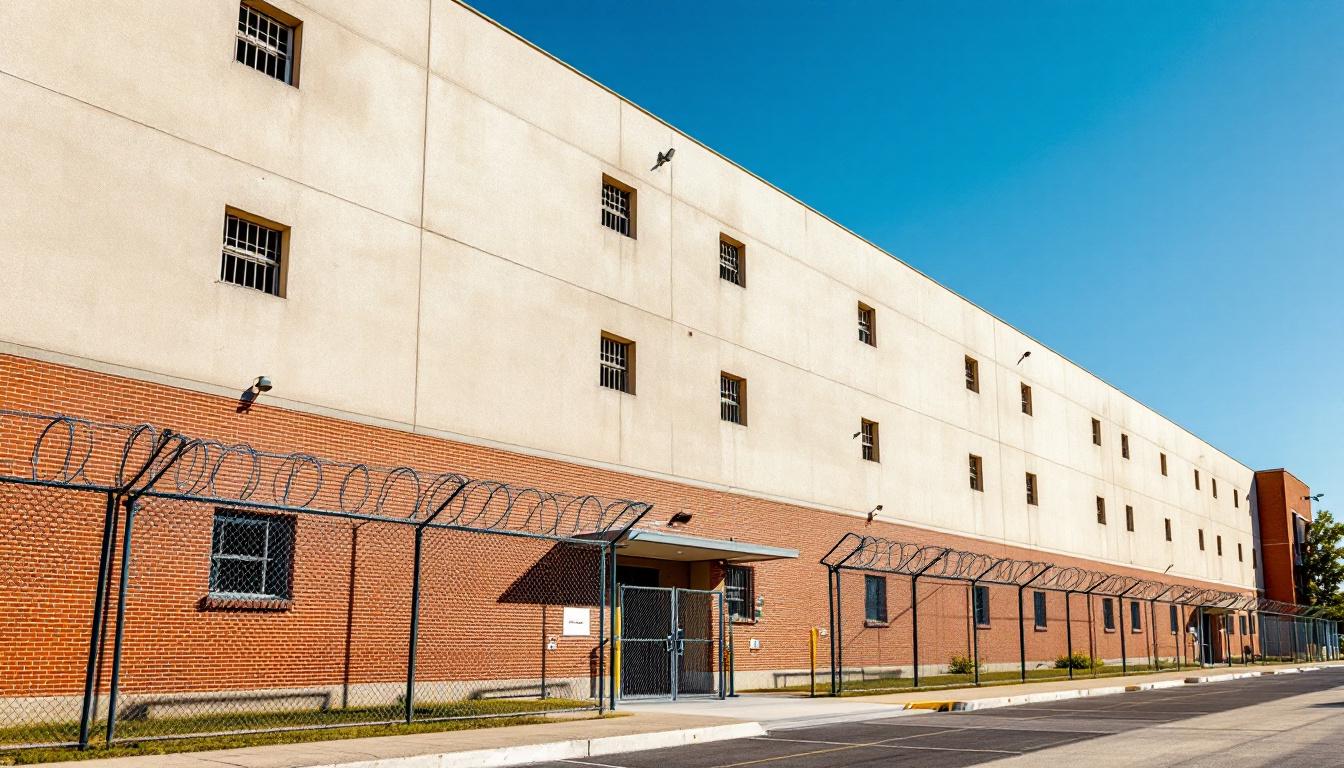
Quick Navigation
How to contact an inmate at Walton County Jail
This comprehensive guide will walk you through how to connect with an inmate at Walton County Jail. Follow the steps below to find an inmate and send letters and photos:
- Search for the inmate using our search tool below
- Create your account or log in to Penmate
- Write your message (up to 6,000 characters)
- Send instantly - inmates receive printed copies daily
Find an Inmate
Search for an inmate to start communicating today
Tip: You can search by first name, last name, or inmate ID number
To contact a person at Walton County Jail start by searching for the person on the official facility website. Perform a search by following these steps:
- Step 1: Enter their first name and last name into the search form and click "Search"
- Step 2: Locate their inmate record
- Step 3: Write down their Inmate ID and any housing information provided
Important! Be sure to enter the person's full name. Nicknames should not be used.
How to Send Messages to Inmates

You can use your phone or computer to send emails, letters, and photos to an inmate. Messages are sent electronically to inmate tablets or kiosks at the facility. If you would like to send a message, start by searching for an inmate at Walton County Jail.
Sending Photos and Postcards

A great way to send love and support to a loved one at Walton County Jail is to send photos and postcards. It only takes a few minutes to send photos from your phone and it makes a huge difference. You can also mail postcards with words of support and inspiration, or design your own postcard for special moments like birthdays and holidays.
Important! Be sure not to send any explicit photos or they may not be approved by the facility. You can also use a photo printing app like Penmate to make sure your photos are printed at the correct size (4x6 or 3x5) and are mailed according to the rules and regulations of Walton County Jail.
Frequently asked questions about Walton County Jail
-
How long does it take to deliver a message?
If you're sending an email message your letter is usually delivered within 24-48 hours. For messages sent via mail you should expect delivery within 3-7 days. All messages will need be approved by Walton County Jail.
-
How much does it cost to send a message to Walton County Jail?
You can send a message free using your phone or mail a message via USPS for the price of a $0.60 stamp and envelope. You can also purchase credits or e-stamps from services starting at $1.99.
-
What services can I use to contact an inmate at Walton County Jail?
Penmate
You can use Penmate to send letters and photos to an inmate from your phone. It's an easy way to stay in touch during your loved one's incarceration. Use the inmate locator to find an inmate's location and contact information, then you can send messages within a few minutes.
Securus messaging
Securus may be another option for communicating with an inmate at Walton County Jail. You can create a friends and family account and purchase credits to send messages. All messages will be reviewed and must be approved by the facility.
JPay
Some county jails and state prisons may support sending messages with JPay. You must register an account with the system, find your loved one, and purchase stamps to send messages. For some locations you can also attach photos.
Smart Jail Mail
You may also check if Smart Jail Mail is available at Walton County Jail. Smart Jail Mail is operated by Smart Communications and has contracted with some state and county jails. After purchasing credits, your messages and photos are sent to the facility, printed out, and then handed out to your loved one.
-
What is the mailing address of Walton County Jail?
Mailing address:
Walton County Jail
796 Triple G Rd
Defuniak Springs, FL 32433
Phone: (850) 892-8196 -
What are the visiting hours at Walton County Jail?
Visiting hours at Walton County Jail vary by housing unit and security level. Generally, visits are scheduled on weekends and holidays, with some facilities offering weekday visits. Contact the facility directly at (850) 892-8196 or check their website for the current visiting schedule. Visits typically last 30-60 minutes and must be scheduled in advance.
-
What items are prohibited when sending mail to Walton County Jail?
Prohibited items typically include: cash, personal checks, stamps, stickers, glitter, glue, tape, staples, paperclips, polaroid photos, musical or blank greeting cards, hardcover books, magazines with staples, and any items containing metal or electronics. Only send letters on plain white paper with blue or black ink. Photos must be printed on regular photo paper (no Polaroids). Always check with Walton County Jail for their specific mail policies.
-
How do I send money to an inmate at Walton County Jail?
You can send money to an inmate at Walton County Jail through several methods: 1) Online using JPay, Access Corrections, or the facility's approved vendor, 2) Money orders mailed directly to the facility with the inmate's name and ID number, 3) Kiosks located in the facility lobby, or 4) Over the phone using a credit or debit card. Fees vary by method, typically ranging from $2.95 to $11.95 per transaction.
-
Can I schedule a video visit with an inmate at Walton County Jail?
Many facilities now offer video visitation as an alternative to in-person visits. At Walton County Jail, video visits may be available through services like Penmate, Securus Video Connect, GTL, or ICSolutions. Video visits typically cost $10-20 for 20-30 minutes and must be scheduled in advance. You'll need a computer or smartphone with a camera and reliable internet connection. Contact the facility for their specific video visitation policies and approved vendors.
-
What identification do I need to visit an inmate at Walton County Jail?
All visitors must present valid government-issued photo identification such as a driver's license, state ID, passport, or military ID. Minors must be accompanied by a parent or legal guardian who can provide the minor's birth certificate. Some facilities require visitors to be on the inmate's approved visitation list, which may require a background check. Contact Walton County Jail for specific ID requirements and visitor approval procedures.
-
How can I find out an inmate's release date?
To find an inmate's release date at Walton County Jail, you can: 1) Use the online inmate search tool if available, 2) Call the facility's records department, 3) Contact the inmate's case manager or counselor, or 4) Have the inmate provide this information during a call or visit. For privacy reasons, some facilities only release this information to immediate family members.
Facility Overview
Contact Information
Walton County Jail796 Triple G Rd
Defuniak Springs, FL 32433
Phone: (850) 892-8196
Official Website
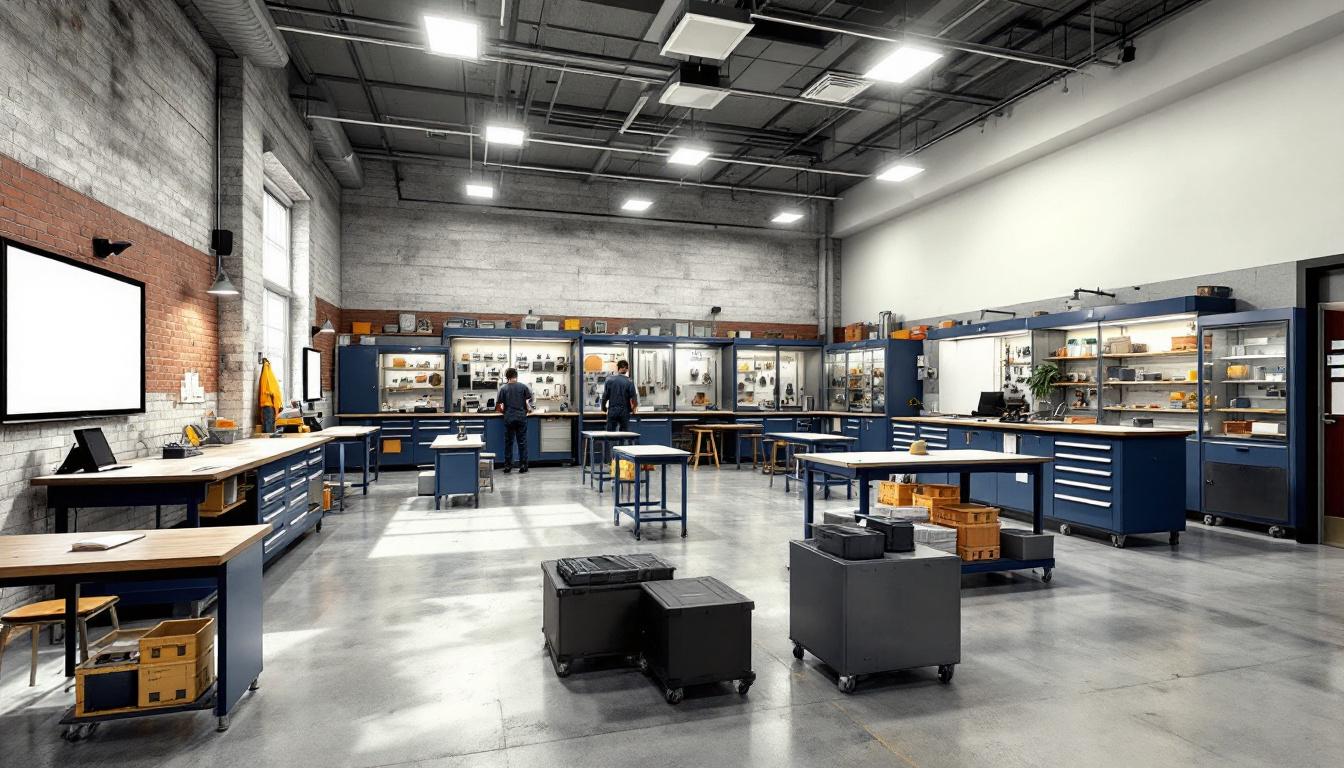
About Walton County Jail
Nestled within the heart of Phoenix, Florida, the Walton County Jail serves as a fundamental component of the region's broader correctional infrastructure, connecting local law enforcement efforts with state-wide rehabilitation initiatives. This FL correctional facility operates within the complex network of county-level institutions that form the backbone of Florida's criminal justice system, providing essential services to residents while maintaining community safety standards. The facility's strategic position in the south region enables coordination with neighboring jurisdictions and state agencies, facilitating comprehensive case management and resource sharing that benefits both the incarcerated population and the surrounding communities.
Beyond its primary detention functions, the county jail typically emphasizes rehabilitation through various educational and vocational programming designed to support successful reintegration. Residents services may include substance abuse counseling, basic educational opportunities, and job readiness training that addresses the diverse needs of individuals within the correctional system. The facility generally maintains connections with local organizations and service providers, creating pathways for continued support upon release. This comprehensive approach reflects broader trends in modern corrections, where county-level institutions increasingly focus on addressing underlying factors that contribute to criminal behavior while ensuring public safety remains the paramount concern throughout the rehabilitation process.
Programs & Services
Educational initiatives form the foundation of rehabilitation efforts, with residents participating in structured learning opportunities designed to build essential life skills. These initiatives typically focus on practical knowledge that residents can apply both during their stay and after release. The approach emphasizes personal growth through academic achievement and civic understanding.
Academic programming may deliver basic education services including literacy development and general educational preparation. Residents often participate in civic education courses that cover topics such as community responsibility, legal awareness, and citizenship skills. In addition to this, educational initiatives typically include vocational training components that help residents develop marketable job skills. These programs often focus on trades and technical skills that align with local employment opportunities.
Support services and therapeutic initiatives work alongside educational programming to address underlying issues that may have contributed to incarceration. Substance abuse treatment programs typically provide counseling and education about addiction recovery. Work release initiatives may offer qualified residents the opportunity to maintain employment while serving their sentence, helping them preserve family stability and community connections. In addition to this, volunteer programs often allow community members to contribute to rehabilitation efforts through mentoring and skill-sharing activities. These therapeutic and support initiatives typically emphasize personal accountability and positive behavioral changes that benefit both residents and the broader community.
Daily Life & Visitation
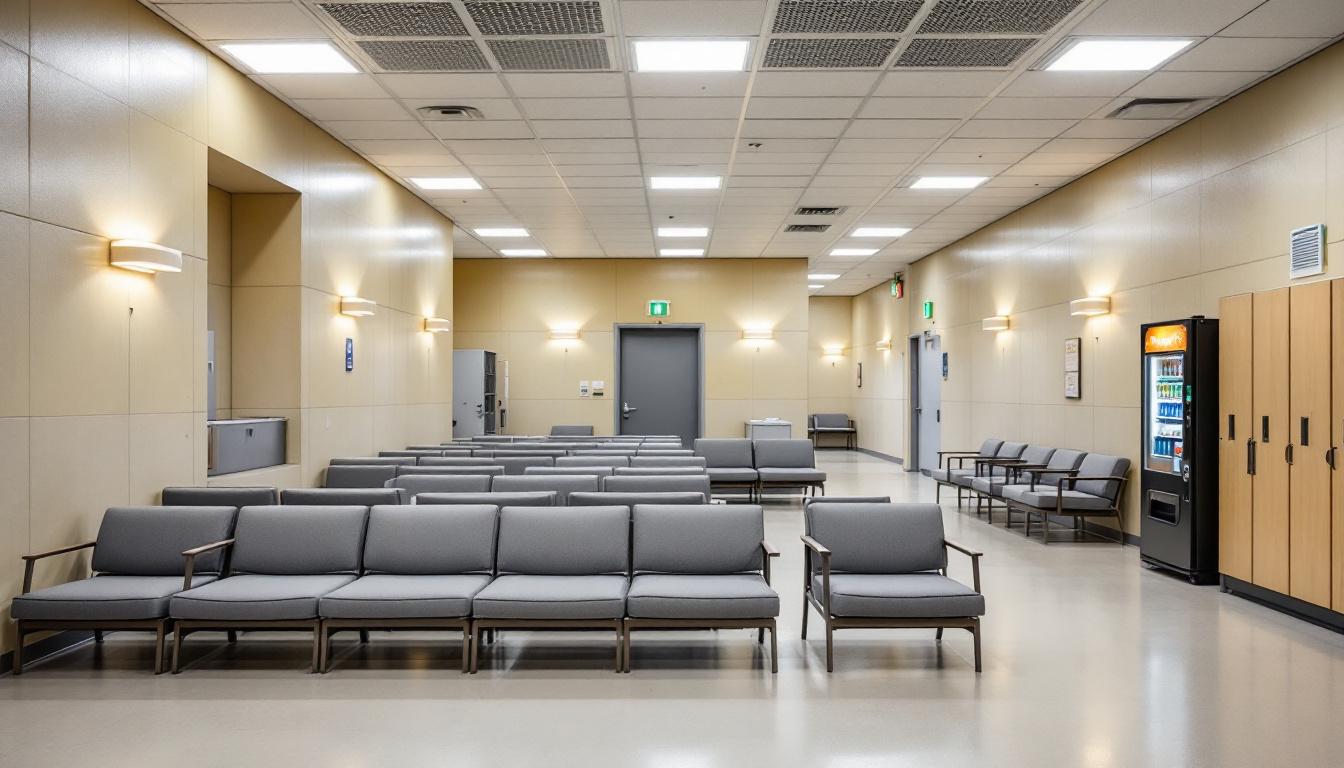
Structure and predictability currently define the daily experience for residents, with established routines that continue to provide a framework for each day. Wake-up calls typically occur in the early morning hours, followed by scheduled meal times, programming sessions, and designated periods for personal activities. This consistent schedule generally helps residents adapt to their environment while maintaining a sense of order throughout their stay.
Housing arrangements vary depending on classification levels, with residents typically assigned to dormitory-style units or individual cells based on security requirements and available space. Living quarters generally include basic furnishings such as beds, storage areas, and shared bathroom facilities. Meals are usually served in designated dining areas at scheduled times, with menu options that meet basic nutritional requirements. In addition to this structured meal schedule, residents may typically access commissary services to purchase approved personal items and snacks when funds are available.
Recreation opportunities generally include scheduled outdoor time when weather permits, along with indoor activities such as television viewing, reading materials, and basic exercise equipment access. The facility typically delivers structured programming that may include educational classes, religious services, and counseling sessions designed to support rehabilitation goals. Despite this structured environment, residents usually maintain connections with family members through scheduled visitation periods and telephone privileges, which often serve as important sources of support. Work assignments within the facility may also be available, providing residents with productive activities while contributing to daily operations such as kitchen duties, cleaning responsibilities, and maintenance tasks.
Ready to Connect?
Start communicating with your loved one today
Search for an Inmate
